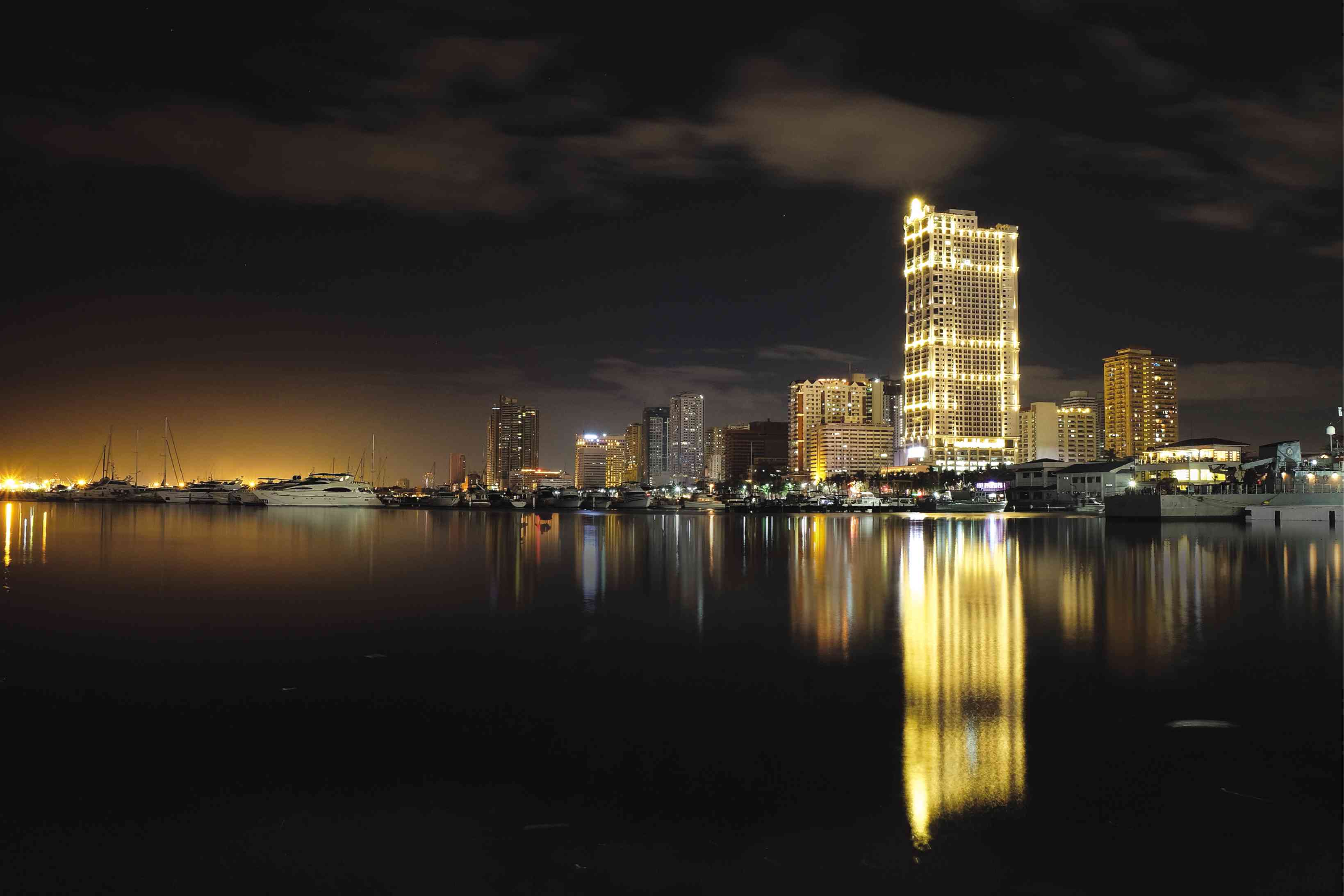Urban Transformation
It’s a phenomenon that many have witnessed, particularly in a few distinct communities around the metro.
Once suburban and laidback, a few locales such as Malate in Manila, Maginhawa Street in Quezon City, and more recently, Poblacion in Makati, have seen quite a transformation—becoming a more bustling, vibrant urban sprawl that has attracted an interesting mix of young and old, local and foreign, as well as of homegrown shops, start-up businesses and even internationally renowned brands.
Malate, in its heyday, drew the “it” crowds of artists and party revelers, while Maginhawa is a foodie’s haven, with mouthwatering “discoveries” lining up a portion of that stretch in Quezon City. More recently, making a round of social media are snaps of local pubs and quaint cafés in Poblacion, where today’s crowd goes for a night out. Even international brands like Johnnie Walker, which took stock of Poblacion’s growing popularity, has set up its first pop up shop in the country right within this Makati district.
While these urban transformations may have drawbacks, this phenomenon also does wonders for a certain locale.
“Allowing land uses to evolve according to user demand and market forces is usually a positive thing for they often breathe new life, energy and economy into otherwise static or stagnating areas. It would be best, however, if certain areas that allow for such uses to evolve are predetermined to ensure that any negative externalities and adverse impacts on other land uses are mitigated,” explained Joel Luna, principal of Joel Luna Planning and Design (JLPD).
Luna, a registered architect, environmental planner and a certified Berde professional with over 30 years of experience, said Poblacion in particular has been the latest scene for youthful revelry—gritty, raucous, crowded and fun, joining the likes of Hong Kong’s Lan Kwai Fong or Kuala Lumpur’s Changkat Bhukit Bintang.
This barangay, however, is actually the oldest settlement in Makati, even predating the central business district (CBD) by a couple of generations, according to Luna. Poblacion is in fact, also known as Makati’s Heritage District and has been the seat of government of the city since its founding.
In a paper presented to the Urban Land Institute Philippines as part of the Poblacion District Tour, Luna pointed out that Makati’s previous exclusionary zoning disallowed retail, dining and entertainment in the CBD except in Ayala Center.
“This has triggered the organic growth of restaurants, bars and nightlife at the fringes of the business district: Pasong Tamo, Jupiter Street, Pasay Road, Makati Avenue and Barangay Poblacion. These micro-districts have become the de facto after-hours destinations in the city and have continued to be such even after the CBD restrictions and zoning ordinances have been relaxed in the mid ’90s to accommodate a richer variety of uses,” Luna said.
“The Poblacion area’s recent metamorphosis as the new place for city nightlife points to the importance and benefit of urban nightlife in cities,” Luna further said.
Luna pointed out that cities elsewhere in the world have even adopted strategies to expand nightlife entertainment districts to stimulate tourism, social interaction, entrepreneurship, culture and economic activity.
He even cited New York City, which went as far as establishing an Office of Nightlife, joining over 30 cities around the globe that have adopted official policies to manage and promote urban nightlife.
It was said that the benefits have been economic as well as social and cultural in nature.
In the case of Poblacion however, the “district grew organically and authentically, without much government nor formal incentive.”
“The pub scene possibly grew as spillover from the racier nightlife in Jupiter Street and the more organized dining entertainment found in Rockwell and A Venue, both found in Barangay Poblacion,” Luna added.
For sure, the phenomenon of urban transformations as seen in these districts will continue in the decades to come, breathing new life and economic activity in areas that for now, may seem an unlikely cradle for an exciting nightlife destination.

